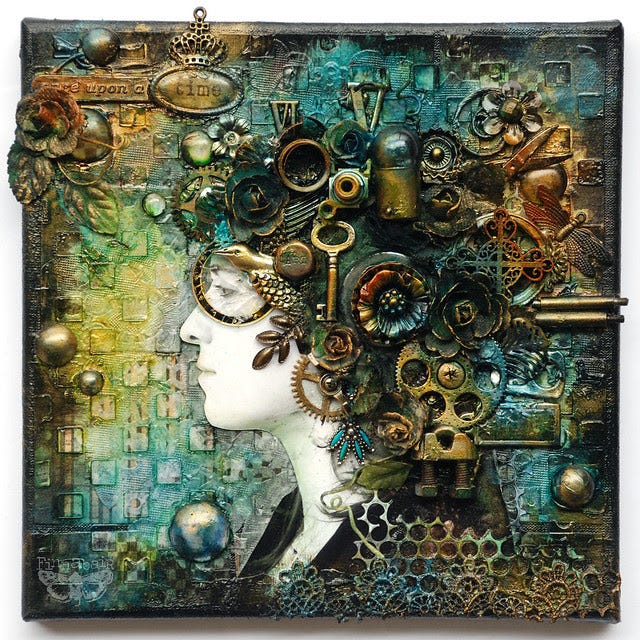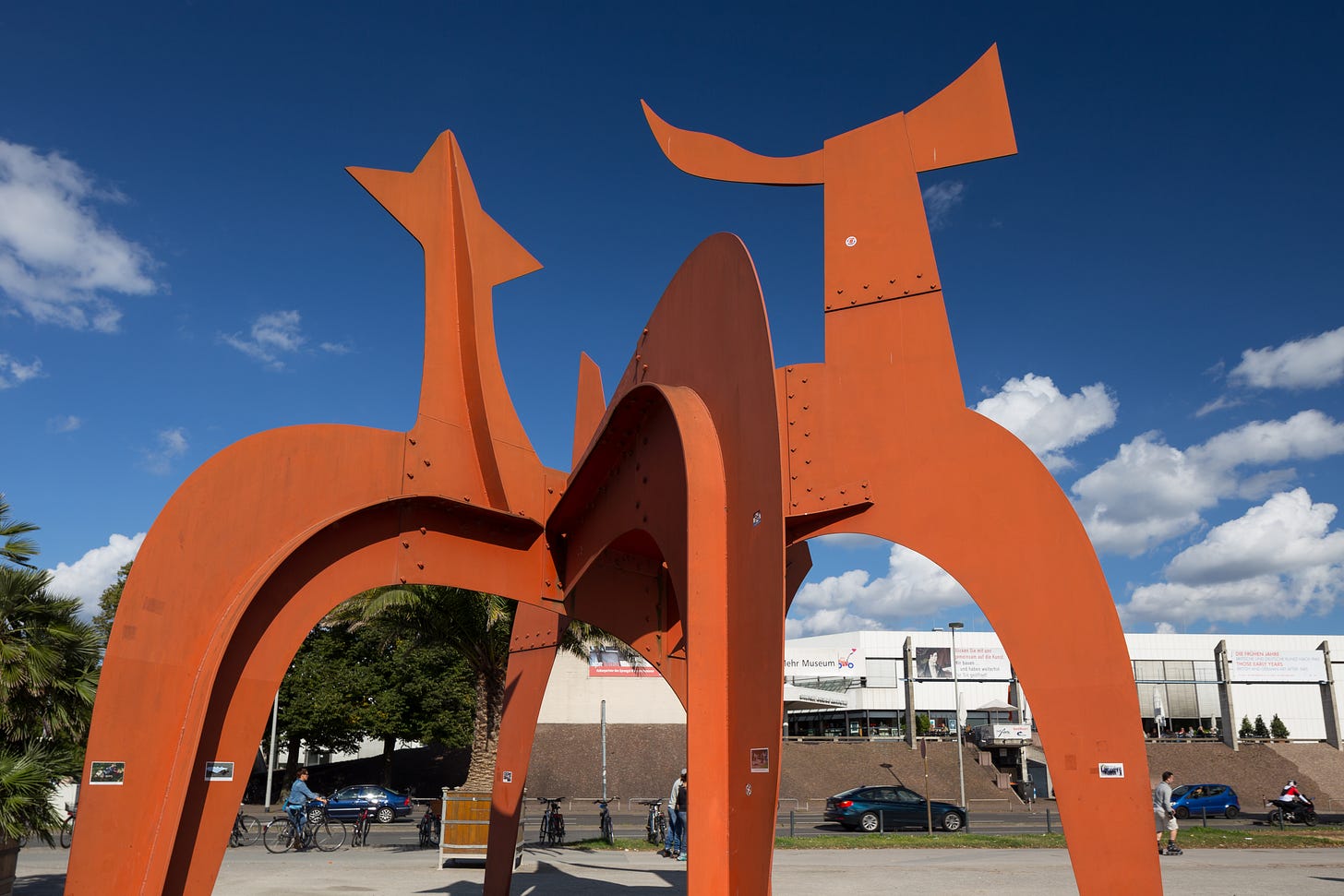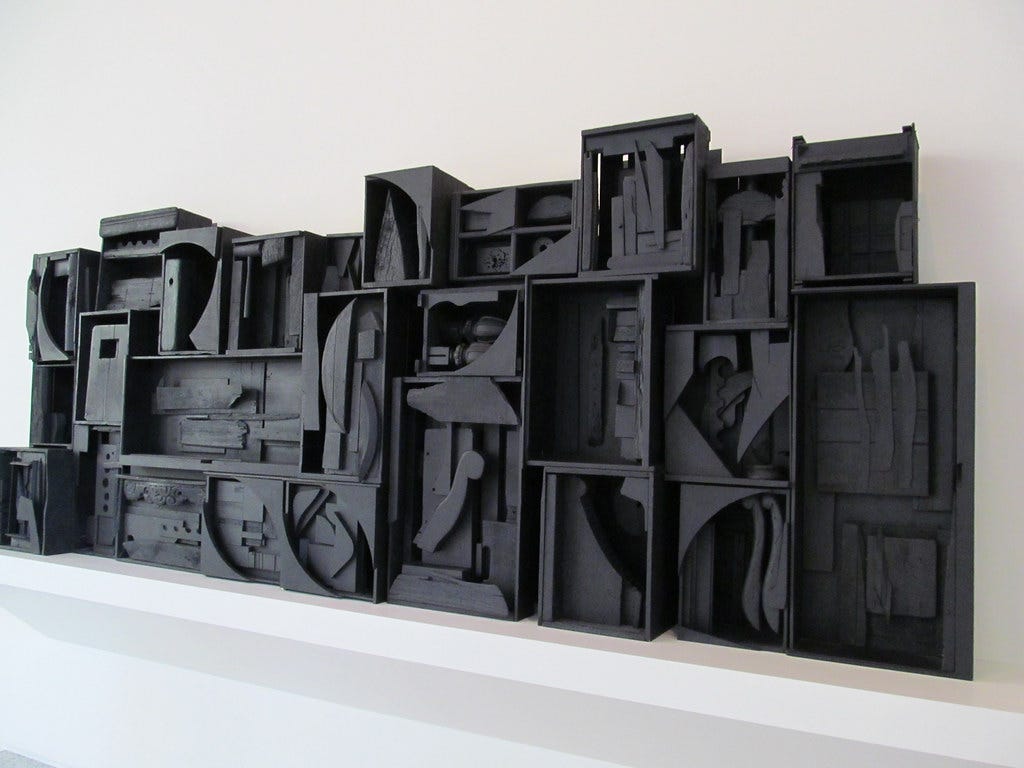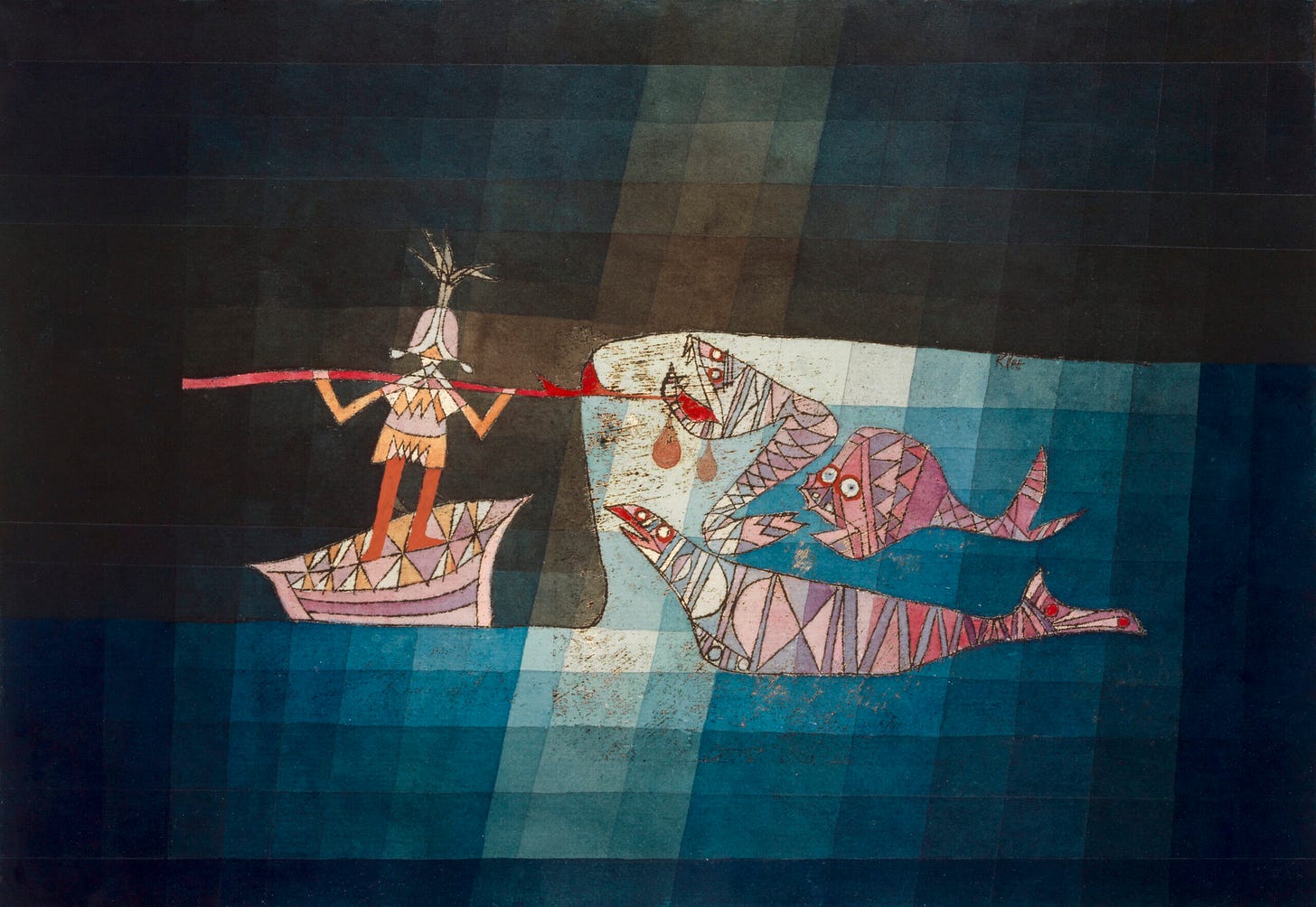The Art of Mixed Media
Combining visual art forms into an art in itself
In dedication to my aunt-mom who is herself an artist extraordinaire, in this post I am going to delve into the art of mixed media, and all its art forms. So collect your belongings — all of them could become part of a mixed media masterpiece!
What is Mixed Media?
Mixed media paintings are artworks that incorporate a combination of different materials and techniques within a single piece. Artists use a variety of materials and methods, such as acrylics, watercolors, oil paints, pastels, ink, collage elements (like newspaper clippings, fabric, or found objects), texture mediums, and more to create complex and visually engaging compositions.
The aim is to experiment with diverse materials and approaches to achieve unique textures, colors, and visual effects in their artwork. Mixed media allows for a rich layering of materials and often results in multi-dimensional, textured, and dynamic artworks.
Types of Mixed Media
Mixed media can take on a lot of forms. The simplest form of mixed media is the collage, especially when combined with other media such as painting or sculpture. I have seen some gorgeous greeting cards created from an assemblage of objects affixed to a card’s front art. Occasionally I see images of mixed media as the art depicted on things like books and cards.
The piece pictured above, "Once Upon a Time" by Anna Debrowska (Finna Bair) is a combination of “paper flowers and embellishments… trinkets, fake jewelry, electronic and electrical elements, can openers, pebbles, trinkets, computer parts, found objects such as light bulbs, gears and other clock elements.” According to her blog, “THIS is what I love to create the most. For me it is the best creative retreat and challenge in one. Perfect moment of creativity”
In addition to the components (media) used, this pieces invokes a particular tone using color and shape, and while its meaning may vary from person to person, to me it feels like it depicts the complexities of a woman’s thoughts, feelings, concerns, and questions about the universe, while immersed in the complexities of that very universe.
Sculpture
Mixed media sculpture has been around for centuries, but it became particularly popular in the 20th century. This was due in part to the rise of modern art movements such as Cubism and Surrealism, which encouraged artists to experiment with new materials and techniques.
Mixed media sculpture can be used to create a wide range of effects. For example, an artist might use different materials to create a sense of contrast or to emphasize certain elements of the sculpture. Mixed media can also be used to create a sense of movement or to make a sculpture more interactive.
Alexander Calder (1898-1976): Calder was an American artist who is best known for his mobiles, which are kinetic sculptures that are suspended in air. He often used metal, wire, and wood in his work.
Louise Nevelson (1899-1988): Nevelson was an American artist who is best known for her wall sculptures, which are made from assemblages of found objects, such as wood scraps and discarded furniture.
Installation art
Mixed media in installation art is when an artist uses multiple materials and media to create a large-scale, immersive work of art. Installation art is often site-specific, meaning that it is created for a particular space. Mixed media installation artists often use a variety of materials, including found objects, video, sound, and light, to create their works.
Mixed media installation art can be used to create a wide range of experiences for viewers. For example, an artist might use mixed media to create a sense of awe, wonder, or disorientation. Mixed media can also be used to create installations that are interactive or that explore social or political issues.

Wet-and-dry media art
Wet-and-dry mixed media art is a type of mixed media art that uses both wet and dry materials. Wet materials include paints, inks, and markers, while dry materials include pencils, crayons, and pastels. Wet-and-dry mixed media artists often layer different materials to create depth and complexity in their work.
Some examples of wet-and-dry mixed media art include:
A watercolor painting with pencil accents
An acrylic painting with collage elements
A charcoal drawing with ink washes
A pastel drawing with watercolor highlights
A digital painting with traditional media elements
Wet-and-dry mixed media art can be created on a variety of surfaces, including paper, canvas, wood, and metal. Artists often experiment with different materials and techniques to create unique and expressive artworks.
Performing art
A type of mixed media that probably doesn’t come up as much combines multiple media with performing art. “The Pageant of the Masters” in Laguna Beach every summer is a masterpiece of combining real people with life-scale art, usually paintings, so perfectly that you cannot tell the humans are real.
Certain forms of puppetry could also be considered a mixed media, especially in the form of vintage storytelling. I would love to show pictures but I only use images licensed for Creative Commons, so instead here’s a link to an example by Danielle Buerli which I find both creepy and fascinating.
Well-Known Mixed Media Artists
Robert Rauschenberg (1925-2008): Rauschenberg was an American artist who is best known for his combine paintings, which incorporated everyday objects, such as furniture and clothing, into his work.
Louise Bourgeois (1911-2010): Bourgeois was a French-American artist who is best known for her sculptures and drawings. She often used mixed media in her work, including fabric, wood, and metal.
Kara Walker (b. 1969): Walker is an American artist who is best known for her silhouettes of African-American figures. She often uses mixed media in her work, including paper, ink, and watercolor.
Nick Cave (b. 1959): Cave is an American artist who is best known for his Soundsuits, which are wearable sculptures that incorporate sound and movement. He often uses mixed media in his work, including fabric, found objects, and electronics.
How to Appreciate Mixed Media Art
Here are some tips on how to appreciate mixed media art:
Be open-minded. Mixed media art can be challenging and unexpected, so it's important to approach it with an open mind. Don't try to fit it into any preconceived notions of what art should be.
Look for the relationships between the different materials. Mixed media artists often use different materials to create relationships and juxtapositions. Look for the ways in which the different materials interact with each other and how they contribute to the overall effect of the artwork.
Consider the artist's intent. What is the artist trying to say or communicate with their work? What are they hoping the viewer will experience? Try to understand the artist's perspective and how they have used the different materials to achieve their goals.
Don't be afraid to ask questions. If you're not sure what you're looking at or why it's important, don't hesitate to ask the artist or someone else who is knowledgeable about mixed media art. They may be able to give you insights that you wouldn't have thought of on your own.
Have fun! Mixed media art can be both challenging and rewarding to appreciate. Don't be afraid to experiment and explore different ways of looking at it. The most important thing is to find what you enjoy and what speaks to you personally.
Take your time. Don't rush through a mixed media artwork. Give yourself time to really look at it and appreciate all of the different elements.
Look for details. Mixed media artists often pay close attention to detail. Look for the small things that make the artwork unique and special.
Consider the composition. How are the different elements of the artwork arranged? How do they work together to create a sense of balance and harmony?
Think about the artist's technique. How did the artist create the artwork? What materials and techniques did they use?
Reflect on your own emotions. What does the artwork make you feel? Why do you think the artist created it?







